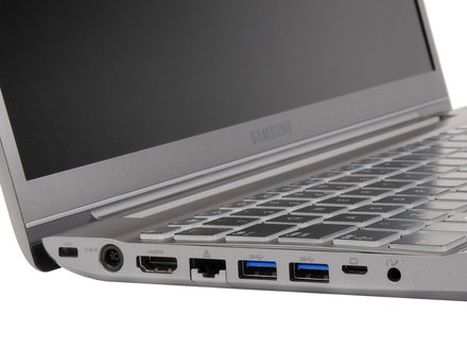
Anyone who owns a USB 3.0 compatible device knows how annoying it is to find that your computer offers a mix of USB 2.0 and 3.0 ports which means that you can only use one or two of your USB ports at a time. For folks that own only USB 3.0 devices, the issue can be very infuriating indeed. However, manufacturers have a good reason for offering a mix of USB 2.0 and 3.0 ports even in the latest devices.
Many USB 2.0 devices don’t work with 3.0 ports
Unless you a real tech freak and replace and update all your gadgets every 6 months or so, chances are that you own a variety of gadgets and some of them may not compatible with a USB 3.0 port. However, most of us are also like to own at least one gadgets that requires a USB 3.0 port to connect to your computer. By having mixed USB 2.0 and 3.0 ports, computer manufacturers are able to provide users with a wider variety of functionality.
It helps manufacturers save money
Licensing for USB 3.0 ports costs money as the chip to support a USB 3.0 port is more expensive. For the manufacturer, this is not such a good thing as it drives the cost of manufacturing a device up. By offering a mix of USB 2.0 and 3.0 ports, manufacturers are able to save money on manufacturing which in turn also helps keep these devices within certain price points.
It makes a device more versatile
Imagine if your smartphone only supported the latest (i.e., 4G LTE) network and refused to connect to the net using 3G or 2G networks when 4G LTE was unavailable. It would make your life very difficult for sure. Similarly, a device that only features USB 3.0 ports would render USB 2.0 devices useless which isn’t a good thing for the buyer or the manufacturer.